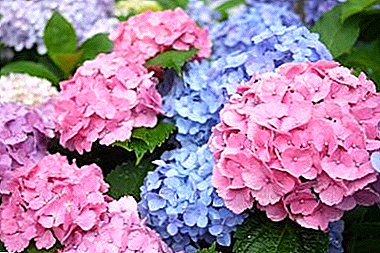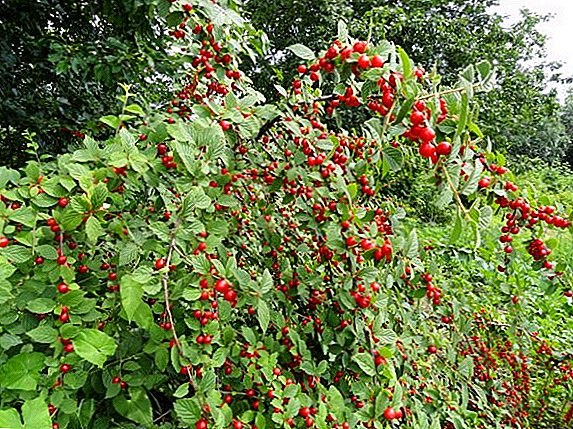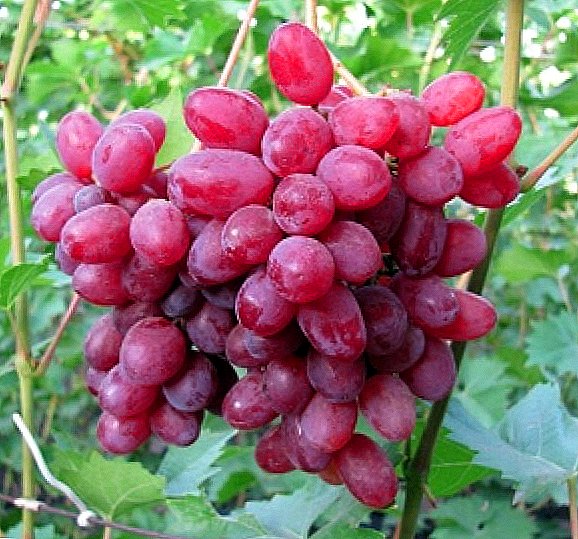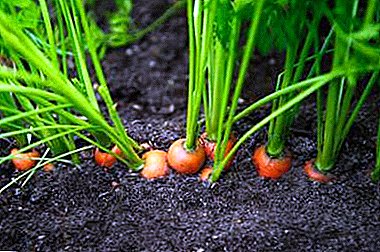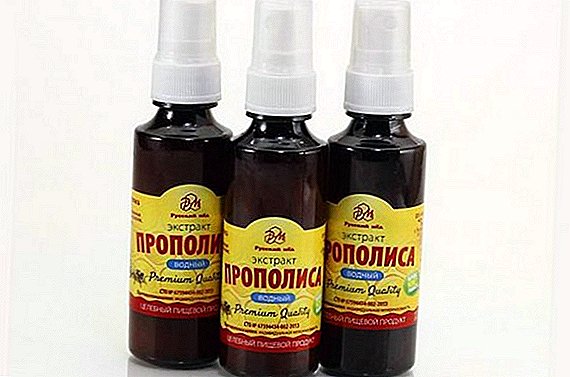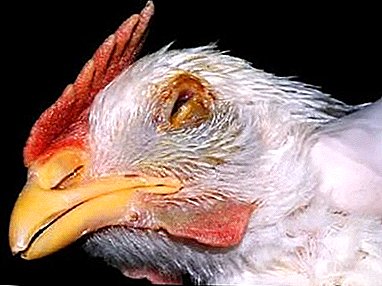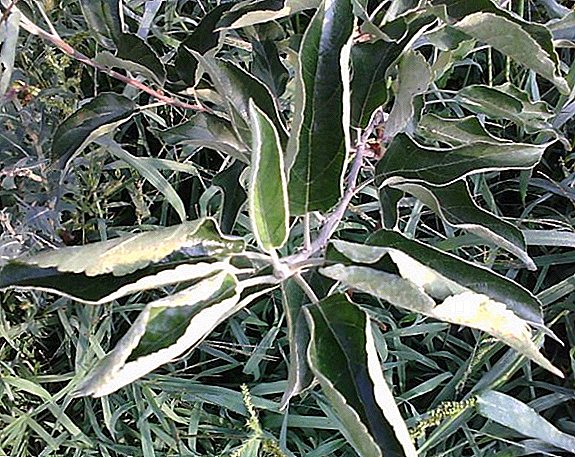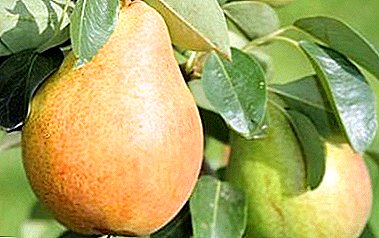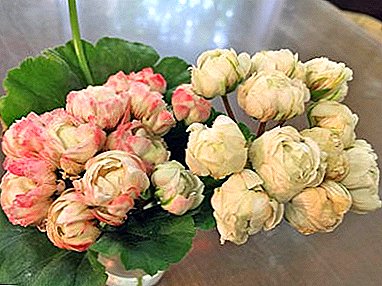
Pelargonium Prince Gustav is a very popular plant among gardeners. She fell in love with the ability to decorate any interior.
Pelargonium Prince Gustav can be supplemented with a variety of flower arrangements.
She deservedly won one after another awards at international exhibitions.
The article will look at the features of the appearance, as well as learn how to properly care for the plant.
Botanical description, history and price
Prins Gustav - Swedish spelling variety, it is considered to be correct for the country of origin.
Variety Prince Gustav appeared as a result of an accidental mutationwhich was later consolidated as a specific property through targeted breeding work.
Through the seed mutation is not transmitted. To preserve all the properties of a plant, it must be diluted with cuttings. The cost of one cutting varies around 2 500 rubles.
Features of appearance
Pelargonium Prince Gustav looks unusual. Its large lush buds resemble a head of cabbage, a rose or a peony of light green color. A distinctive feature of the plant are dense buds, because of which they can be confused with a tulip variety of flowers.
Each bud consists of many beautiful petals that are located inside each other. All petals converge at a common point in the middle of the flower. They have elegant wavy edges. Flowers are arranged in bouquets, which gives them a complete image. The leaves are glossy, dark green.
Plant photo
Here you can see photos of pelargonium:





Where and how to plant it?
Lighting and location
Pelargonium Prince Gustav belongs to the light-loving plants. But direct sunlight, when exposed to leaves and flower petals, can cause burns on them. It is advisable pritenyat flower in hot summer days.
Soil requirements
Pelargonium soil can be purchased ready to shop with the note "for pelargoniums". Or cook yourself. For this, it is necessary to shift four parts of the sod, two parts of peat and humus, one part of coarse sand and medium perlite.
If the substrate is prepared by itself, then it must be disinfected. Or boil on the fire for about 3-4 minutes. Or pour boiling water for 10 minutes. Water after this need to be drained. And dry the ground.
Important! The soil should have a neutral acid reaction (5.6-6.5 Rn).
How to care?
Temperature
Favorable temperature for Pelargonium Prince Gustav - 20 - 22 degrees.
Air humidity
Pelargonium is not important humidity in the room. They live well in both dry and wet areas. Spraying is not a mandatory procedure for representatives of this plant species. It is enough to ventilate the room where the plant is located.
Watering
 Watering is necessary often, but not abundantly. It is required to water only after the top layer of the soil dries out. It is better not to allow waterlogging, because it can cause rotting of the roots and stems of pelargonium. Water should be at room temperature. It should be soft without lime. If you use water from the tap, then it must be defended for about a day.
Watering is necessary often, but not abundantly. It is required to water only after the top layer of the soil dries out. It is better not to allow waterlogging, because it can cause rotting of the roots and stems of pelargonium. Water should be at room temperature. It should be soft without lime. If you use water from the tap, then it must be defended for about a day.
Fertilizers
For fertilizing pelargonium, you need to use mineral complexes for geraniums and geraniums. Balanced formulations are needed for full and lush flowering. In the spring, it is recommended to fertilize the land with a high nitrogen content. Before flowering, nitrogenous fertilizers should be replaced with potash-phosphate fertilizers.
Pruning
In the spring, it is advisable to pinch the tops of the shoots.so that pelargonium grows more actively and brings more lush flowering. Cropped tops can be used to produce new plants.
It is necessary to cut off necessarily when the pelargonium fades. The cut is done slightly above the kidney. Crop can be at any time of the year. But it is worth remembering that if the pruning process does not occur in the spring, but in the winter, then the plant needs additional lighting. From weak shoots do not get good flowers.
Cutting is necessary so that the plant is well developed, and the shoots are looking in the right direction. Her shoots should be sent to the crown of the plant. Otherwise, among the shoots will be competition and re-breeding. Be sure to leave 3-5 healthy buds on each shoot. They will provide new growth and will be the basis for future flowering.
You can cut with secateurs or ordinary sharp scissors.
Common diseases and pests
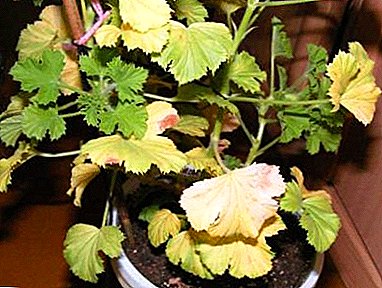 Yellowing and shrinking of foliage. The main reason is insufficient watering. If the plant began to turn yellow, then you just need to increase the volume of water or the frequency of watering.
Yellowing and shrinking of foliage. The main reason is insufficient watering. If the plant began to turn yellow, then you just need to increase the volume of water or the frequency of watering.- Yellowing lower foliage. The main reason - the plant is not enough light. It is recommended to change the location of the flower, move it to a lighter place.
- The appearance on the leaves of soft watery pads. The main reason is waterlogging. This problem can be solved by reducing the volume and frequency of irrigation.
- Fungal diseases. Drying flowers - the main symptom. Pelargonium treatment is necessary. For this you need to process the plant Bordeaux mixture.
- Mold. The main reason is the overmoistening of the earth. The solution to the problem is frequent airing and reducing the volume of watering. Recommend to treat fungicidal drugs.
- The appearance of aphids, whiteflies and spider mites. The solution to the problem is a daily inspection, with the appearance of pests - treatment with insecticidal preparations.
Breeding
Prince Gustav can only be propagated by cutting. For this you need to cut off the apical shoot with a sharp object. On each handle should be three internodes.
Important! Green shoots are not cut, because they do not take root.
You need to leave the cutting for some time in the fresh air to dry. If it dried up, then it can be planted in a substrate consisting of soil, peat and coconut mixture. For planting it is desirable to use plastic containers. Green leaves and inflorescences must be removed from the part of the cutting that will be underground.
After two weeks, the stalk should take root. Pelargonium Prince Gustav is a spectacular and unusual plant. Proper care and compliance with all conditions of detention will help grow a beautiful and expensive variety of pelargoniums. Abundant flowering will cheer up all households every day.


 Yellowing and shrinking of foliage. The main reason is insufficient watering. If the plant began to turn yellow, then you just need to increase the volume of water or the frequency of watering.
Yellowing and shrinking of foliage. The main reason is insufficient watering. If the plant began to turn yellow, then you just need to increase the volume of water or the frequency of watering.